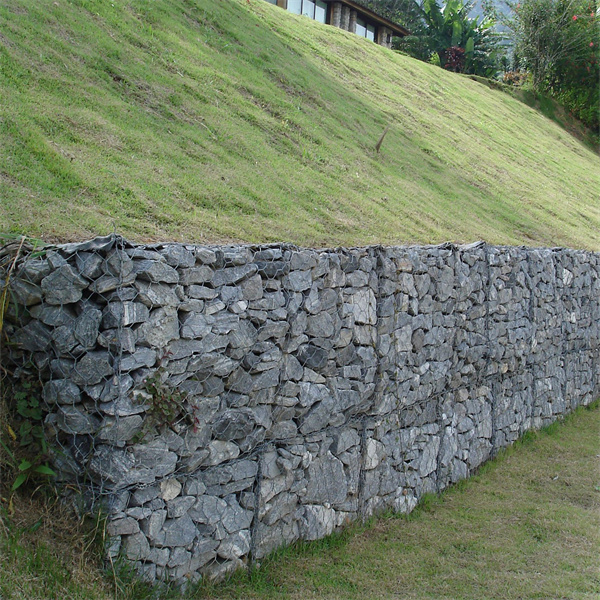Oct . 12, 2024 20:31 Back to list
Understanding the Purpose and Benefits of Gabions in Engineering and Landscaping
The Best Definition of Gabion Understanding Its Purpose and Applications
A gabion is a structure made from permeable wire mesh or bamboo baskets filled with rocks, stones, or other materials. Originating from the Italian word gabbione, meaning big cage, gabions have been used for centuries in various civil engineering and landscaping applications. Their versatility, cost-effectiveness, and ability to integrate with natural environments have made them a popular choice for many projects.
Purpose of Gabions
The primary purpose of gabions is to provide stability and erosion control. They are particularly useful in managing soil erosion on riverbanks, hillsides, and construction sites. When filled with heavy materials, gabions can absorb the impact of water flow, reducing the speed of the water and preventing the soil from being washed away. This makes them an ideal solution for flood management and erosion protection.
Beyond erosion control, gabions serve multiple functions in construction and landscaping. They can be used as retaining walls, sound barriers, or even decorative features. In landscaping, gabions can add aesthetic value by blending with the natural surroundings or serving as unique design elements in gardens and parks. Their rugged appearance complements various outdoor environments, offering both functionality and beauty.
Applications of Gabions
Gabions are widely used in civil engineering projects, particularly in infrastructure development. For example, they are employed in road construction to stabilize slopes, preventing landslides and ensuring the safety of motorists. In coastal areas, gabions can protect shorelines from erosion caused by waves, safeguarding properties and ecosystems. Additionally, gabion structures can be used in river engineering to redirect water flow and enhance aquatic habitats.
best define gabion

In architectural design, gabions have gained popularity due to their aesthetic appeal and sustainable nature. They can be used in the construction of walls, fences, and seating areas, allowing architects to create functional spaces that also respect the environment. The materials used to fill gabions can be sourced locally, promoting sustainability and reducing transportation costs.
Sustainability and Environmental Benefits
One of the most significant advantages of gabions is their environmentally friendly nature. Unlike traditional concrete structures, gabions allow for water permeability, which helps maintain natural water flow and supports the surrounding flora and fauna. They can promote the growth of vegetation, as the gaps between the rocks provide a habitat for plants and animals.
Furthermore, gabions can be filled with recycled materials, such as broken concrete, bricks, or natural stones, reducing waste and promoting resource reuse. This characteristic aligns with the growing emphasis on sustainable construction practices, making gabions a favorable choice for environmentally-conscious projects.
Conclusion
In conclusion, gabions are versatile structures that play an essential role in erosion control, civil engineering, landscaping, and architectural design. Their unique combination of functionality and aesthetic appeal makes them suitable for various applications, while their environmental benefits align with modern sustainability goals. By understanding the best definition and characteristics of gabions, engineers, architects, and landscapers can effectively utilize these structures to enhance both the built environment and natural landscapes. As we continue to develop more sustainable construction methods, gabions will undoubtedly remain a staple in the toolkit of professionals across the industry.
-
Visualizing Gabion 3D Integration in Urban Landscapes with Rendering
NewsJul.23,2025
-
The Design and Sustainability of Gabion Wire Mesh Panels
NewsJul.23,2025
-
The Acoustic Performance of Gabion Sound Barriers in Urban Environments
NewsJul.23,2025
-
Mastering the Installation of Galvanized Gabion Structures
NewsJul.23,2025
-
Gabion Boxes: Pioneering Sustainable Infrastructure Across the Globe
NewsJul.23,2025
-
Custom PVC Coated Gabion Boxes for Aesthetic Excellence
NewsJul.23,2025
-
Installation Tips for Gabion Wire Baskets in Erosion Control Projects
NewsJul.21,2025






